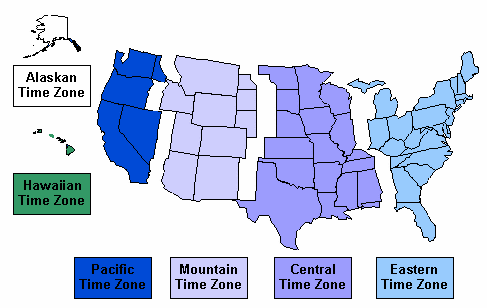
Yet, the data presents a more difficult picture: The number of active public airports has fallen steadily over the last decade, forcing many families to travel farther for air service. In some ways, these findings seem encouraging, with a majority of city residents able to access flights with ease. This proximity translated to commuting convenience: Residents of these cities averaged just under a 20-minute drive to the nearest airport. How does your city compare in terms of airport convenience? Keep reading to learn more.įallback link for browsers that don’t support iframes Size and ServiceĪmong the cities studied, nearly three-quarters had an airport – or multiple – within a 25-mile radius. Our findings present huge disparities in air travel access, showcasing the challenges of air travel across large swaths of America.

with 50,000 or more residents, tracking their proximity to airports of all sizes.

Just how close are most American cities to major airports, and which places are frustratingly far from the nearest flight? To find out, we studied cities across the U.S. For residents of these communities, catching a flight can require driving for hours to the nearest major hub. In fact, as airlines have sought to cut costs in recent years, many small cities have lost air service. And in remote corners of the country, this crucial step can involve an arduous trek. Airlines have rushed to meet unprecedented demand, with some jamming extra seats into their cabins to accommodate more customers.īut before Americans can take to the skies, they need to arrive at the airport. airlines or airports, an all-time high in American air travel. The business of flight is booming: In 2018, a billion passengers took flights involving U.S.


 0 kommentar(er)
0 kommentar(er)
